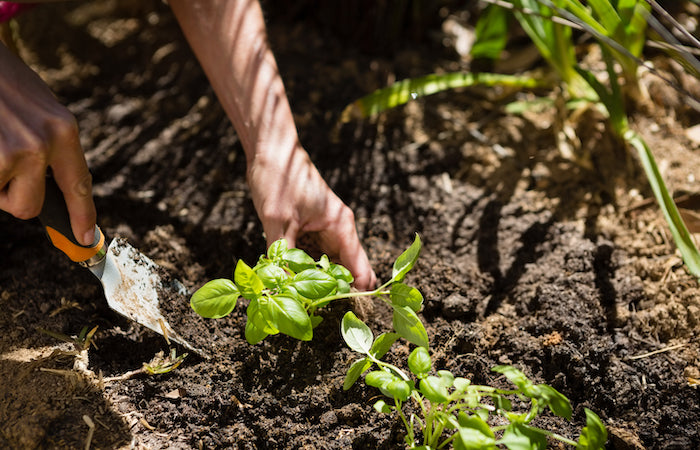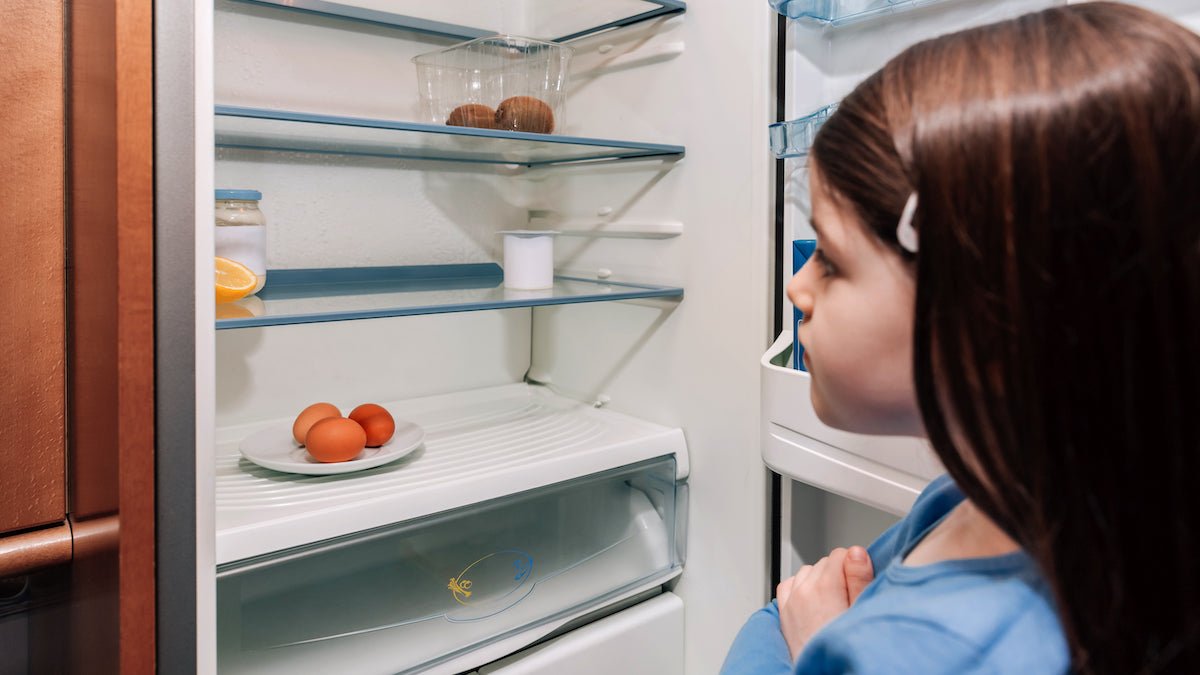Just a few weeks ago, the Bureau of Labor Statistics (BLS) reported that food prices had gone up two percent since March—that’s only one month. (And let’s not mention the 18.3% increase in gas prices over the same period.)
If you think a two-percent increase is bad, food prices skyrocketed over eight percent between March 2021 to March 2022. That’s the highest increase since 1981!
Why Is This Happening?
There isn’t a simple, one-size-fits-all explanation for the circumstances. A system as large as the American food complex requires a lot of moving parts, each affecting the other. When something happens to even one piece of the assembly line, it can start a domino effect that brings other pieces crashing down.

Currently, there are a wide variety of factors causing food inflation, and soon enough, food shortages as well. Since the start of COVID, we’ve seen supply chain delays, disruptions, and shortages. And as the problem has deepened, we’re now experiencing severe labor shortages on top of it all.
Between that and the side effects of the Russia-Ukraine conflict and U.S. bans and sanctions, we’re in one of the toughest spots we’ve experienced in decades.
But never fear! As always, we’re here to help you prepare. Here’s what you can do to rise above food inflation and food shortages during these financially strained and unpredictable times.
YOU MIGHT ALSO LIKE: How to Prepare for Runaway Inflation… These Steps Will Save Your Bank Account!
Tips for How to Protect Your Family against Food Shortages
ADOPT A MONEY MINDSET
There are two types of spenders: those who keep a budget, and those who don’t. If you’re the latter, give budgeting a go and watch your savings soar.
However, budgeting is more than simply giving yourself an allowance to spend each month. It also involves careful, detailed reporting of your spending and accounting for any differences in costs between months—which, at this rate, there will be.

Keep a spreadsheet of your income and expenses for a few months, tracking your rising costs. If you’ve never been a fan of Excel or Google Sheets, try a budgeting app like Mint instead. Or, if you’re old school, you can keep a budget by hand.
In addition to keeping a budget and tracking prices, take a little time to browse those coupons you find in your mailbox every week before tossing them into the trash! A little couponing can go a long way in times like these.
And speaking of coupons, don’t underestimate the difference a cash-back credit card can make long-term. Over time, those few cents in savings per item can really add up.
PLAN YOUR MEALS IN ADVANCE
If you don’t already, plan your week’s meals before you head to the store. Make a plan and don’t deviate from it to avoid impulse purchases.
If meal planning doesn’t come naturally to you, leave it to the experts! Try a meal planning app to help you plan your meals, discover new recipes, make grocery lists, and save money all at once.

When meal planning, be sure to incorporate what you already have in your pantry. Find a way to add those foods that have been sitting on the shelf for months.
While shopping, don’t be afraid to stray from high-ticket, big-name brands. Switching to generic, off-brand products will lower the total cost at the cash register, and your tastebuds won’t be able to tell the difference… typically.
BUILD AN EMERGENCY STOCKPILE
While we can’t predict everything that will happen in coming months, the United States Department of Agriculture (USDA) has taken some of the guesswork out of the equation.
The USDA has predicted increases to the following food categories:
- Beef: +16.2%
- Poultry: +12.5%
- Eggs: +11.4%
- Produce: +10.6%
- Cereal & Baking: +7.8%
- Dairy: +5.2%
Before you rush to the grocery store to stock up on these items, keep in mind that you’ll want the best quality for the best price with the longest shelf life. With Emergency Essentials, you’ll check all those boxes and feel peace of mind knowing you’re fully stocked.
Here are our long-lasting alternatives to a store-bought supply:
- Freeze-Dried Beef Crumbles
- Freeze-Dried Beef Dices
- Freeze-Dried White Chicken
- Whole Egg Powder
- Mega Fruit Kit
- Premium Veggie Kit
- 9-Grain Cereal
- Quick Rolled Oats
- Cooking Essentials Kit
- Deluxe Baking Kit
- Instant Nonfat Milk
Beyond food, your stockpile will need to include everyday items like:
- Toilet paper
- Paper towels
- Basic cleaning supplies
- Shampoo and conditioner
- Body wash
- Hand soap
- Deodorant
- Toothbrushes and toothpaste
- Vitamins and medications
- Feminine hygiene products
- Baby care products
At first glance, this can feel overwhelming. We use many products to stay clean and healthy every day! But you don’t have to go out and buy all these things at once—in fact, you shouldn’t. Simply adhere to this rule of thumb: “buy one now, two for later.”
For example, if you’re out of toothpaste, buy one tube to replace the one you need right away, then buy two more to add to your supply. It’s an easy, cost-effective way to build your emergency stockpile as you go!
RELATED READ: Storage on a Shoestring? Yes You Can! (With These 3 Tips.)
GROW YOUR OWN FOOD

You don’t have to be a farmer to produce your own food! Even if you think you don’t have the skills or space to grow a garden of your own, let us be the first to tell you: you can do it!
If you’re living in an apartment, a small space, or have limited access to a yard (if you have one at all), try your hand at an herb garden, vertical garden, or countertop garden.
You can keep a small garden of herbs on your kitchen windowsill, you can build a vertical garden against a wall (indoor or outdoor) to grow herbs and other small plants, or you can keep a garden of sprouting seeds in a countertop planter for quick and nutritional sprouts in days.
If you have an available outdoor wall or some space along a fence line, you can plant berry bushes. Install a simple post-and-wire system for supportive upward growth—you can DIY it or grab it at a local home improvement store!
If you have a patio or yard space, build garden boxes or till a section of your land for crops like peas, carrots, tomatoes, squashes, and more.
The more food you can grow on your own, the less you’ll have to rely on a larger food system to get it.

